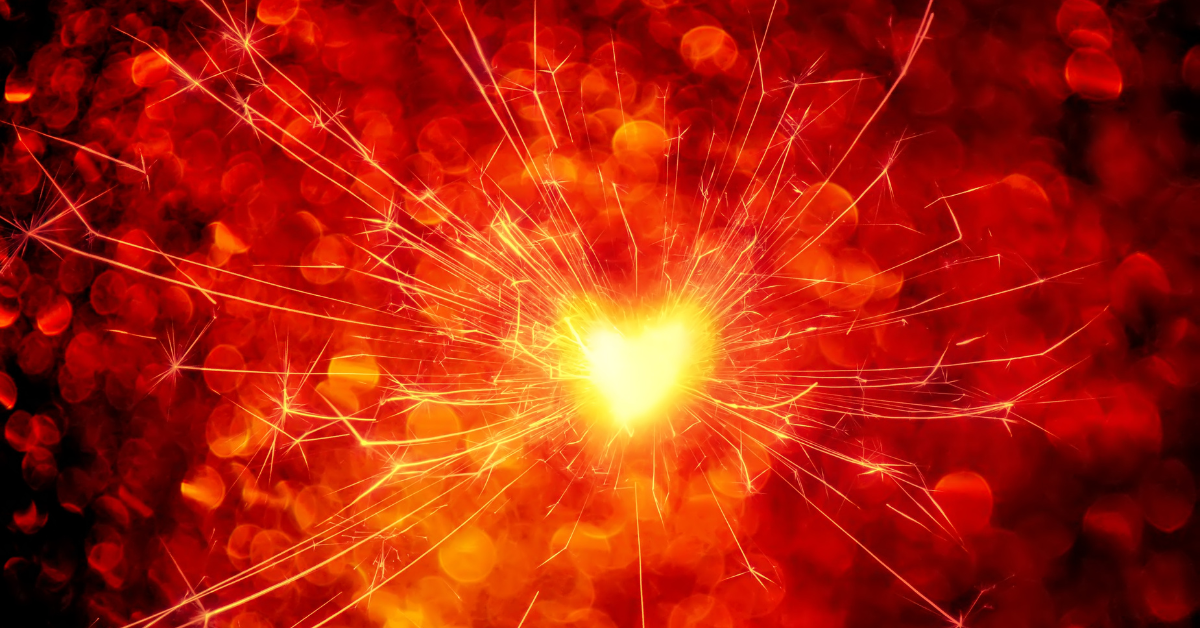In Demon Slayer, Tanjiro Kamado’s fiery dance technique “Hinokami Kagura” is more than a fictional sword style. It is believed to draw inspiration from the traditional all-night ritual dance “Yokagura” in Takachiho, Miyazaki Prefecture, a sacred ceremony that has been performed for centuries. By blending this cultural heritage into the story, the technique becomes both a prayerful ritual and a deadly sword style.
The Connection Between Hinokami Kagura and Takachiho’s Yokagura
Hinokami Kagura, inherited by Tanjiro from his father, is portrayed as a ritual dance performed throughout the night. This strongly parallels Takachiho’s Yokagura, which is a religious ceremony where people dance through the night in gratitude to the gods. Yokagura includes dances involving fire, symbolizing purification and life, which resonates with how Hinokami Kagura develops into Sun Breathing in the story. When Tanjiro performs his fiery sword dance, it is essentially a recreation of the sacred and prayerful spirit of Kagura within the narrative.
What is Takachiho’s Yokagura?
Takachiho’s Yokagura is designated as an Important Intangible Folk Cultural Property of Japan. It is held annually in autumn and winter, consisting of 33 performances that continue from night until dawn. Many dances are based on Japanese mythology and emphasize the bond between gods and humans. For local communities, it is not entertainment but a vital ritual for communal harmony and divine blessing.
Basic Structure of Yokagura
| Item | Content |
|---|---|
| Venue | Takachiho, Miyazaki Prefecture |
| Designation | Important Intangible Folk Cultural Property |
| Number of performances | 33 |
| Purpose | Harvest prayers, exorcism, community bonding |
| Feature | All-night ritual dance |
The Link Between Hinokami Kagura and Sun Breathing
A key revelation in Demon Slayer is that Hinokami Kagura directly connects to “Sun Breathing”, the origin of all breathing techniques. Sun Breathing embodies the power of the sun itself. Tanjiro’s father, though weak, danced throughout the night, embodying the essence of endurance and spiritual focus. This parallels the foundation of the breathing style. The transformation of a sacred fire dance into a combat technique illustrates the fusion of traditional performance and martial arts, rooted in Japanese imagination.
Parallels Between Breathing Techniques and Ritual Dance
| Aspect | Kagura Dance | Sun Breathing |
|---|---|---|
| Beginning | Calm movements | Calm breathing |
| Development | Powerful fiery motions | Fiery sword strikes |
| Continuation | All-night offering | Endurance in battle |
| Symbol | Fire, sun, life force | Sunlight that slays demons |
The Cultural Background of Hinokami Kagura
In Japan, Kagura has long been performed as a prayer dance for harvest, health, and safety. Hinokami Kagura carries this same essence, representing the continuity of life and family bonds. In actual Kagura, the ritual welcomes the gods and strengthens the community. In Demon Slayer, the ritual is transformed into swordsmanship. Thus, Tanjiro’s dance is not only a “battle” but also a prayer of protection and remembrance.
Relationship Between Kagura and Hinokami Kagura
| Perspective | Kagura | Hinokami Kagura in the story |
|---|---|---|
| Prayer | Harvest, exorcism | Family health, comrades’ safety |
| Transmission | Community-wide | Within family |
| Spiritual role | Connecting gods and humans | Connecting past and future |
| Symbol | Harmony of the village | Inheritance of life |
Comparing Yokagura Performances and Depictions in the Story
The 33 dances of Yokagura gradually build intensity through the night. Similarly, Tanjiro’s techniques start with calm breathing and grow into blazing spirals of fire. This mirrors the progressive rhythm and rising climax of ritual performance. Both highlight the interplay between stillness and movement, reinforcing the sacred essence of Kagura while adding depth to battle scenes.
Performance Progression vs. Techniques
| Performance trait | Hinokami Kagura technique |
|---|---|
| Gentle beginning | Circular sword swings |
| Intensifying middle | Flaming whirl strikes |
| Climax | Decisive finishing blow |
| Aftermath | Restoring breathing posture |
Family Inheritance and Embodied Technique
Kagura is not only preserved through memory but also through the body’s repetition of movement. This concept resonates with Tanjiro’s mastery, which is built upon the movements embedded in his body from childhood. In moments of crisis, the technique emerges naturally, embodying the idea that family memory is engraved into physical skill and spirit.
Mechanism of Inheritance
| Aspect | Kagura | Hinokami Kagura |
|---|---|---|
| Transmission object | Movements, dance | Breathing, sword style |
| Method | Rituals and offerings | Family teaching |
| Meaning | Community unity | Continuity of life |
| Effect | Stability of society | Power to defeat demons |
Conclusion
Hinokami Kagura is best understood as a prayerful fire dance modeled after Takachiho’s Yokagura, deeply tied to Japanese culture. Both represent fire as a sacred power of life and continuity. By weaving this tradition into the story, Demon Slayer highlights not only combat but also inheritance, prayer, and cultural memory. The flames in Tanjiro’s dance are not simply visual spectacle but a light of prayer passed down through generations.






